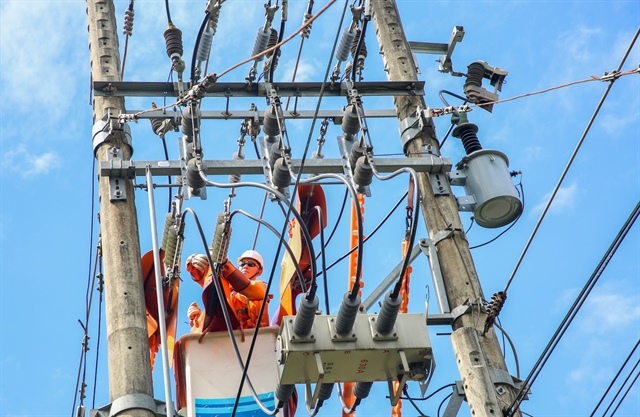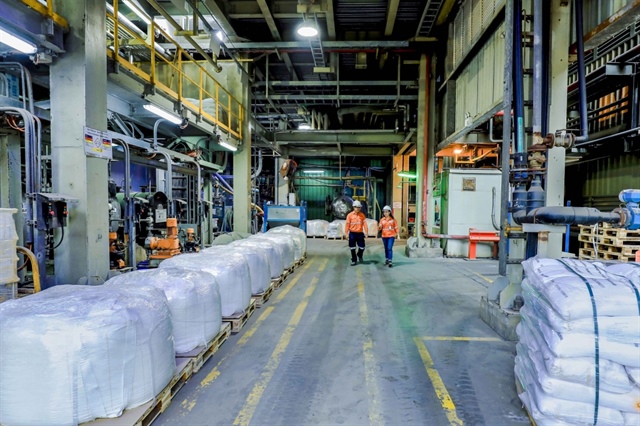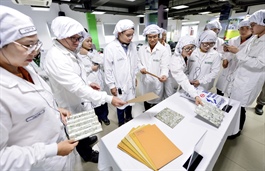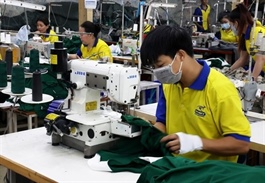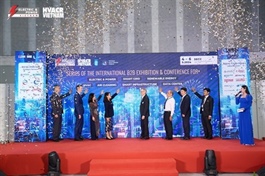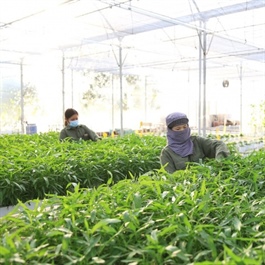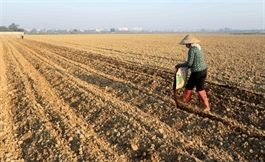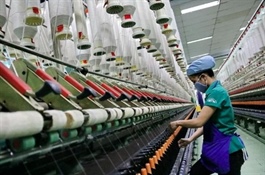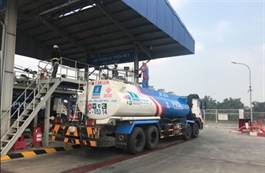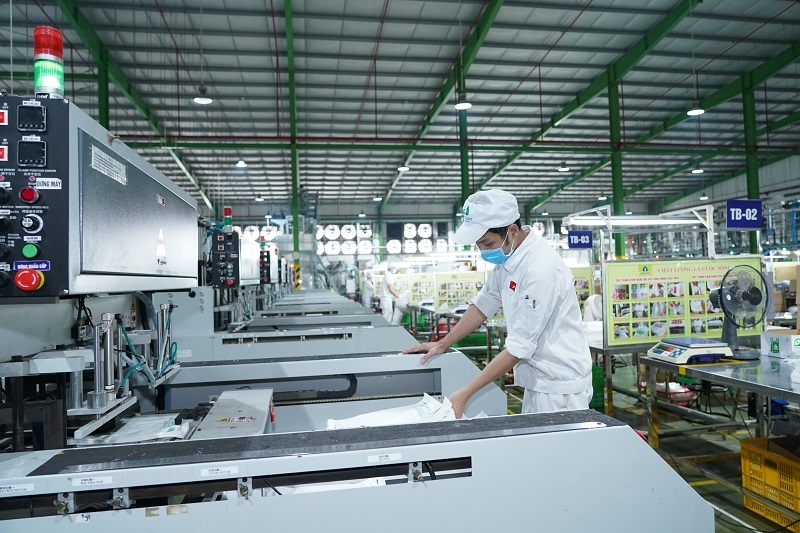Centre of raw materials for textiles and footwear expected to be launched in 2025
Centre of raw materials for textiles and footwear expected to be launched in 2025
The Ministry of Industry and Trade on Thursday discussed a proposal to develop a centre to create, store and trade raw materials for textile and leather footwear production in Việt Nam.
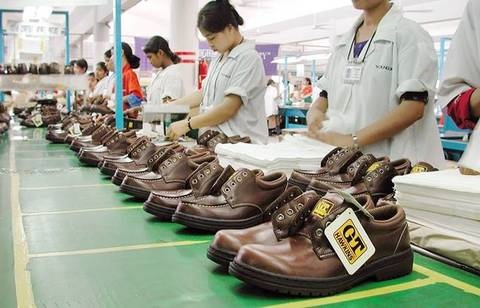
Taking control of the source of materials for textile and leather footwear production is an important task of the trade industry. — Photo /moit.gov.vn |
Deputy Minister of Trade Phan Thị Thắng said that the centre should be launched in 2025.
The meeting highlights the need for Việt Nam to take control of the source of materials for textile and leather wear production and not only import them from other countries.
Textiles and leather footwear have always been Việt Nam’s major exports as their export turnover increases every year, on an average of a 10-per-cent rise per year, according to deputy director of industry Phạm Tuấn Anh.
In the last six months alone, the export turnover of the two fields combined reached nearly US$30 billion. They account for 16 per cent of the country’s total and create nearly five million jobs, accounting for 22 per cent of industrial jobs in the country.
However, their strength lies only in manufacturing, which creates little added value to the products, Anh added. Vietnamese manufacturers still have to import raw materials – cotton, wool, silk, linen, synthetic materials and leather – and accessories from China, South Korea and other ASEAN countries.
This dependence on imported materials will hinder the industry’s growth, as several countries are putting more regulations in place to control supply quality in order to meet the global net-zero target in 2050. One of the requirements is that a high percentage of the supply needs to have an intra-bloc origin, which means it needs to come from the member countries of a trade bloc.
As Việt Nam has entered several free trade agreements such as the EVFTA, it has to follow the rules of origin specified in these agreements. Accordingly, heavy raw material imports will put the country at a disadvantage as it can no longer enjoy tax exemptions from these agreements.
“Taking control of the source of materials is of utmost importance,” the trade official said.
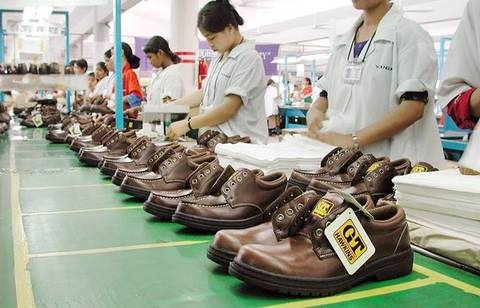
The meeting took place on Thursday at the Ministry of Industry and Trade in Hà Nội.— VNA/VNS Photo Hằng Trần |
A proposal to develop a centre to create, store and trade raw materials for the textile and leather industry was submitted to the trade ministry last year by the Vietnam Leather, Footwear and Handbag Association and the Vietnam Textile and Apparel Association.
It is in line with the Prime Minister’s Decision 1643 in 2022, which gives direction to the development of the textile and leather footwear sector until 2035.
It is expected that the centre will be developed with funds mobilised from the private sector. Domestic and foreign suppliers will be welcome to display and introduce their materials, once the centre has been built.
The centre will also assist businesses in tracing the materials’ origins, ensuring that all trades operate to a high standard and high level of transparency.
The materials’ quality will also be assessed regularly. An information platform will also be developed to keep domestic businesses up-to-date with the latest production technology and fashion trends.
Some field trips are expected to take place next month, where Vietnamese businesses will have the opportunity to learn from businesses in China and some other countries that have succeeded in operating similar models.
Deputy Trade Minister Phan Thị Thắng said: “The centre was supposed to be developed a long time ago, but for some reasons we have not been able to.
“We need to set the plans in motion as soon as possible so that the centre can be launched in 2025.”


